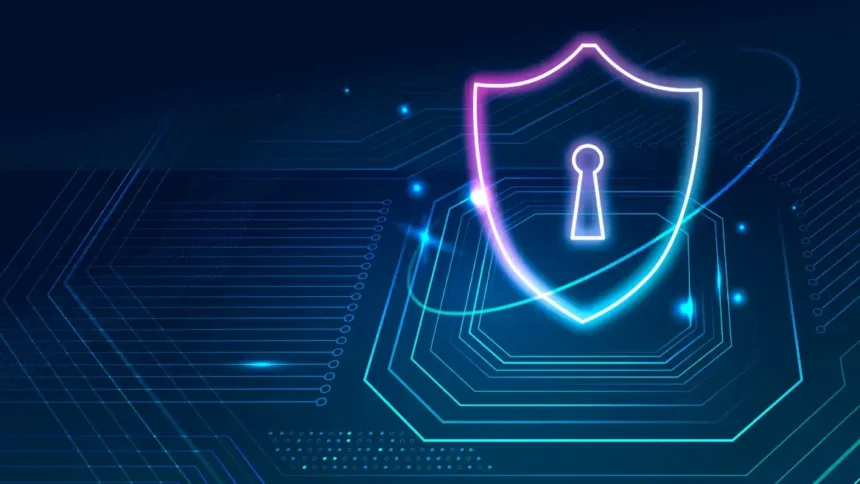The speed at which technological advances dictate business trends can be mind-boggling. Concepts like machine learning and natural language processing that were confined to academic discussion and RandD departments just over 18 months ago are now part of the public consciousness, driving the next wave of innovation.
It’s tempting to get carried away by tech’s boundless optimism. Yet, responsible businesses can never lose sight of the fact that breakthroughs come with burdens. In this article, we provide a brief overview of the changes and challenges in today’s threat landscape along with the methods businesses can use to combat them.
The Complex and Ever-Evolving Digital Threat Landscape
As technology continues to grow and define even traditionally brick-and-mortar businesses, so does the threat of its exploitation. Cyber incidents have been trending upward for more than 20 years, each bringing upticks in some or all areas of malicious engagement. 2023 was a watershed moment since it saw the first widespread use of AI as a threat to cyber security.
Old threats persist as well. Ransomware is on the rise, and its creators are increasingly less discerning when picking targets. Healthcare providers are among the most affected, and not even children’s hospitals are spared from paying the ransom or risking the inability to provide treatment. Unsurprisingly, targeting SMBs is hardly beneath attackers’ ethical standards.
Social engineering is among the trickiest to combat since it exploits trust and manipulates judgment. It takes many forms, from social media scams to convincing phishing emails that trick otherwise conscientious employees into providing unauthorized access to company data or even transferring funds to fake accounts.
Such attacks have risen in frequency exponentially since ChatGPT’s public debut. Phishing emails are faster to generate, and the large language models generative AI is based on let anyone produce grammatically correct and compelling text recipients are more likely to fall for.
AI is also transforming the nature of malware. Sophisticated new strains coded with the help of machine learning can evade detection from traditional security systems. Data-driven insights at cybercriminals’ disposal let them target specific system vulnerabilities shortly after discovery and even program malware to adapt its code to remain hidden longer.
A Decisive Response
The overview above paints a dystopian picture, yet the situation isn’t hopeless. Cybersecurity experts are continuously studying advanced threats and leveraging AI to develop equally sophisticated countermeasures. The businesses that pivot towards implementing new cybersecurity standards will be less likely targets while being better equipped to deal with the consequences if they do suffer attacks.
Increased reliance on data-driven decisions and tightening privacy regulations oblige businesses to prioritize protecting their digital assets. Access control and logging are crucial for preventing and identifying breaches or malicious insider attacks. Adopting a zero-trust policy ensures accountability and minimizes potential damages.
Heightening access security also means securing all endpoints interacting with a business’s network. This includes not just traditional on-premises infrastructure, but remote employees’ personal devices as well as displays a business may use for digital signage or as virtual kiosks.
Virtual private networks are the modern alternative to fortifying centralized networks. They can secure any endpoint, enveloping it in an encrypted tunnel that makes information transmitted to the VPN’s server impossible to intercept. Their integration is intuitive, whether securing home connections or conducting an Apple TV VPN setup for displays on company grounds.
What needs to be remembered, too, is that it’s essential to choose reputable providers of any security products that will be implemented in the business. User reviews, various articles overviewing the products, or forum discussions like the VPN comparison table Reddit users created can be a good starting point
It’s important to keep basics like maintaining the most up-to-date software in mind as well. This especially applies to the increasing number of IoT devices businesses integrate into various operations since they’re vulnerable to tampering.
Finally, leadership shouldn’t underestimate the need for continuous cybersecurity training. Previously easily recognizable phishing attempts are becoming harder to spot. Without training, unprepared employees will be even less able to recognize more devious threats as they emerge.
Conclusion
We’re in the midst of a new technological shift that’s impacting the digital as well as the business world in unpredictable ways. Growth opportunities and pitfalls abound equally, making prudent decision-makers rightfully wonder about their next moves. Whatever these may be, it is certain that having an adaptive, proactive, and cutting-edge cybersecurity strategy to fall back on is becoming a greater success factor with each passing month.






